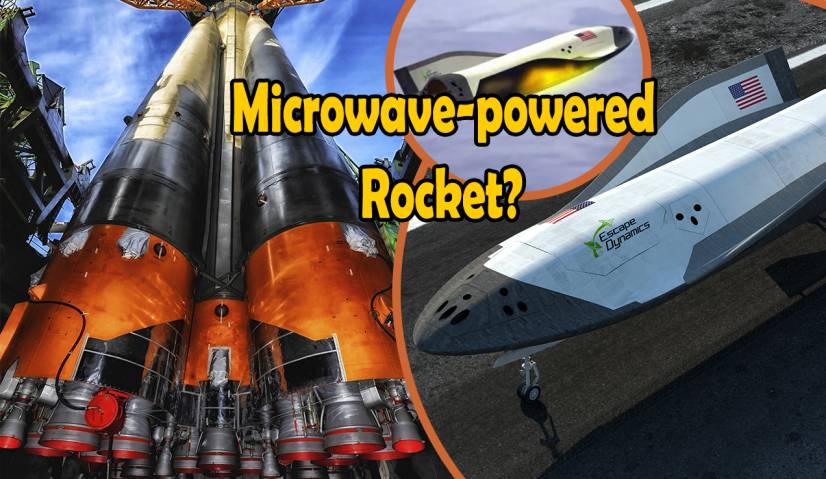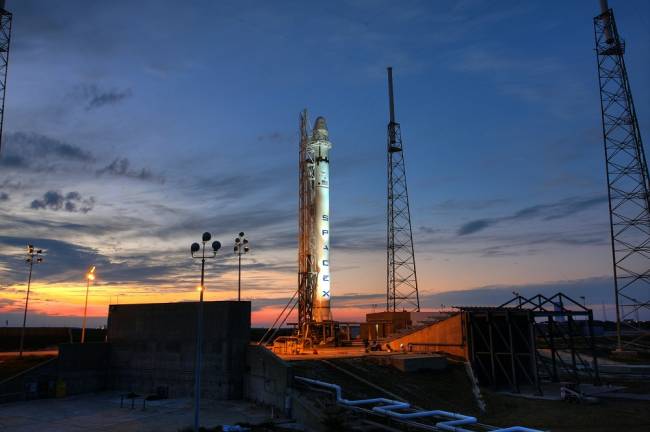
Microwaves are being used to power free-flying drones by Japanese researchers, paving the door for a new form of a rocket.
Most rockets currently produce propulsion by controlled explosions of a solid or liquid source of fuel, which may reach up to 90% of their total weight. However, a recent study published in the Journal of Spacecraft and Rockets shows the possibility of employing an alternate fuel source: microwaves Electromagnetic radiation includes microwaves. As a result, they’re jam-packed with energy that can be turned into electricity, just like solar panels can convert sunshine into power. In the latest work, researchers created energy to power free-flying drones by directly blasting microwaves at them.
Microwave power is transmitted from the antenna on the ground to the antenna on the drone in drone studies. A rectifier converts RF [radio frequency] to DC [direct current], which is then utilized to power the drone’s motors. One of the new study’s authors, Kohei Shimamura of the University of Tsukuba, told Space.com in an email, “We term it “rectenna” (rectifier + antenna).
Previous research on microwave-powered propulsion employed low-frequency waves, however, it was discovered that increasing the frequency enhances power transfer efficiency. Taking this into consideration, the researchers employed high frequencies (28 gigahertz) to raise a 0.9-pound (0.4-kilogram) drone off the ground.
The transmitted power enabled the drone to reach a height of about 2.6 feet (0.8 meters) for 30 seconds while sitting immediately above the source of the microwave beam. Shimamura stated in a statement, “We employed a sophisticated beam-tracking system to guarantee that the drone received as much microwave power as feasible.”

In the experiment, the drone collected 30% of the released microwaves, and 40% of those microwaves were converted to power for propulsion.
“These findings indicate that further study is required to increase transmission efficiency and completely assess the viability of this propulsion strategy for aeroplanes, spacecraft, and rockets,” Shimamura said.
“The primary challenge is to follow the microwave until it reaches a height of 100 km [62 miles]. To do this, the thruster and microwave phases must be precisely regulated. A future issue will be aligning the phase of a large number of high-power microwave emitters “Shimamura confirmed this through email to Space.com. “Cost is a major consideration, as does technical complexity. Building a high-power source with many MW [megawatts] is equivalent to building a nuclear fusion power plant, and launching a rocket is currently prohibitively costly.”
aGQtZugUVde
Way cool! Some very valid points! I appreciate you writing this write-up and also the rest of the website is also really good.